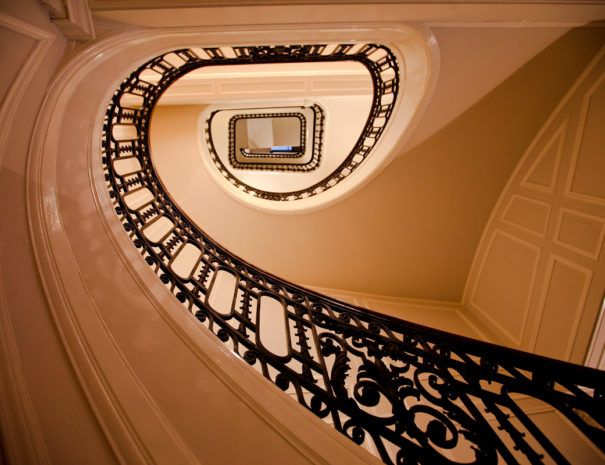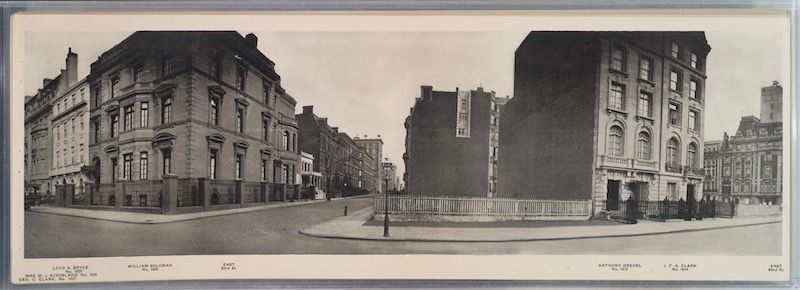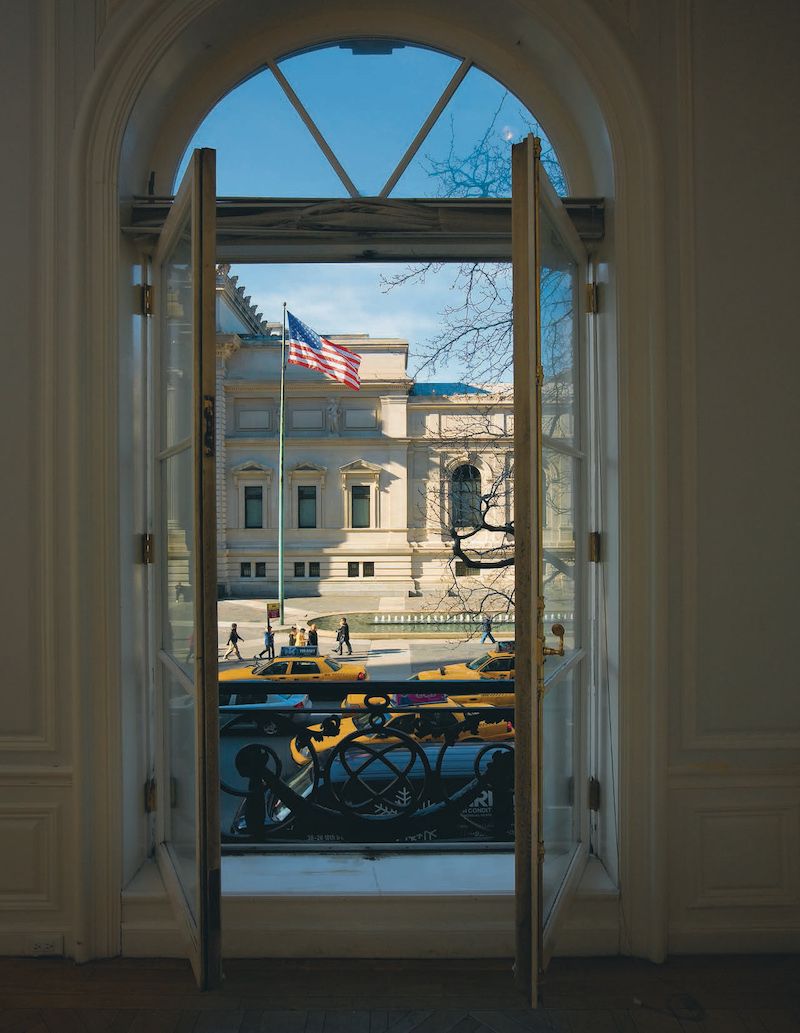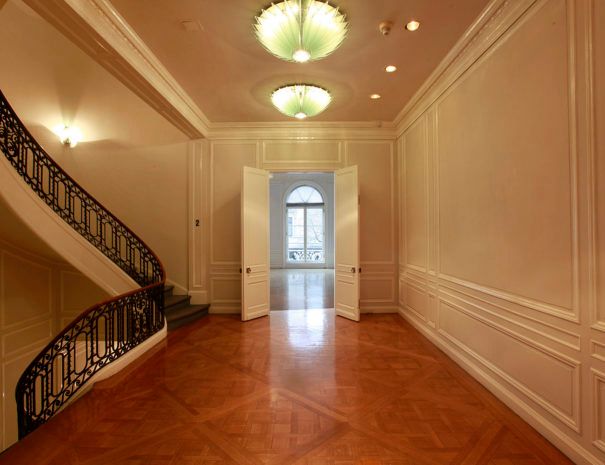See the History of Ticker-Tape Parades Beneath Your Feet on Broadway’s Canyon of Heroes
Uncover the history of NYC's confetti-covered parades that have been running since the 1880s!


As fans of Julian Fellowes’ new HBO series The Gilded Age know, the end of the 1800s and beginning of the 1900s was a time of unprecedented change in America — and especially in New York City. Industrialists like Henry Clay Frick and Cornelius “Commodore” Vanderbilt hired the best architects of the era to construct mansions, each meant to one-up the others. It was at the end of the Gilded Age, in 1906-07, that 1014 Fifth Avenue was built by Alexander M. Welch, a designer of other Fifth Avenue mansions on Museum Mile. Once a twin, 1014 is the last of its kind standing proudly across the street from the Metropolitan Museum of Art. With a storied past as the former home of an ambassador and the Goethe House, 1014 is poised for a bright future as it transforms into a unique hub of architecture, culture, and community.

Unlike many of the more famous Gilded Age mansions, 1014 was commissioned by a pair of real estate developers rather than an individual who would live there. Brothers William and Thomas Hall wanted to cash in on the real estate boom on the Upper East Side and hired the architectural firm of Welch, Smith & Provot to design a pair of elegant residences on a vacant block between 82nd and 83rd Streets on Fifth Avenue. Each residence was projected to cost $85,000 (about $2.45 million today) to build.
Unsurprisingly, Welch designed the twin mansions in the popular Beaux-Arts style. The nearly identical buildings had six stories, the uppermost of which was crowned by a copper-clad mansard roof. On the second floor, French doors opened onto Juliette balconies. As was common in Europe, the top floor was designed as staff quarters. What may come as surprising is that the mansions had some of the first Otis elevators in New York City. They also had modern plumbing and heating systems.

Despite the building’s many amenities, 1014 sold for $275,000 — $60,000 less than the list price of $335,000 (the equivalent of roughly $9.65 million today). It was purchased in December 1909 by the banker James Francis Aloyus Clark, but just over a year later he and his wife Edith Evelyn Clark moved into the new home they had commissioned on East 40th Street and leased 1014 to Ada Sorg Druillard. The Clarks moved back to 1014 in 1917, but sold it to their neighbor James W. Gerard in 1926.
A famous figure at the time and a member of the highest echelons of New York society, Gerard was America’s last ambassador to Imperial Germany. His 1951 obituary in the New York Times declared, “However prominent and successful he was as lawyer and ‘man of affairs,’ Mr. Gerard will hold secure his place in American history because of his unforgettable service as envoy to Germany during the four years prior to our entry into the First World War.

He left 1014 to his wife Mary Gerard, who lived there until her death in 1956. As the couple didn’t have any children, she made sure her loyal servants were taken care of in her will, leaving $115,000 (the equivalent of more than $1 million today) to her butler. She also stipulated that her staff could continue to live in the home until it was sold.
In 1959, the Federal Republic of Germany purchased 1014 to use as the new home of the Goethe House dedicated to German culture. Following renovations, the Goethe House opened in 1961. Its library contained some 8,000 volumes and it hosted plays, exhibitions, and other cultural events. In 1969, it merged with the Goethe-Institut and the new organization remained at 1014 until around 2008, when the mansion was deemed unsafe as a public space and sat vacant for nearly a decade.

Recently, plans for renovations of the Upper East Side gem have been launched by David Chipperfield. According to the 1014 organization, the “An Open House” renovation project “sensitively reorganizes the interior of the townhouse into two areas, public and private, that overlap in a double-height Common Room at the center of the house with a balcony space.” The property will be used for events that are supported by the German Federal Foreign Office with the Goethe-Institut.
Next, check out the Top 11 Secrets of the Upper East Side!
Subscribe to our newsletter